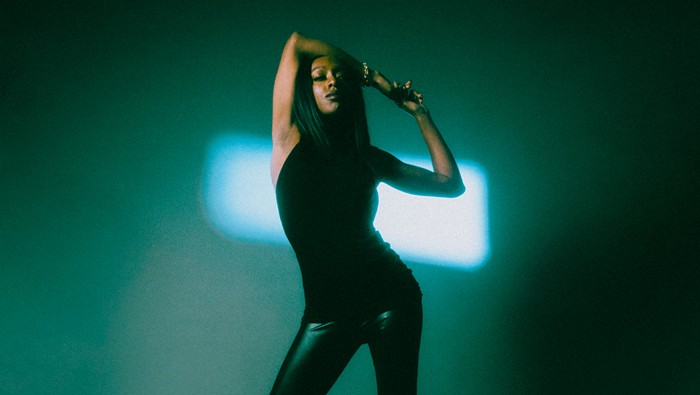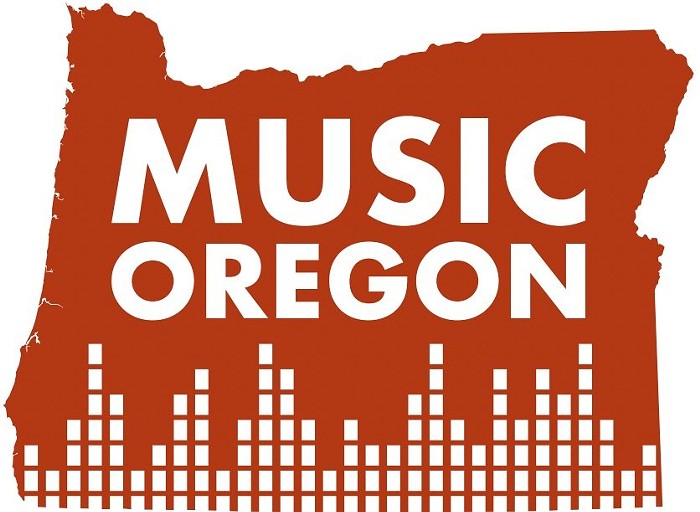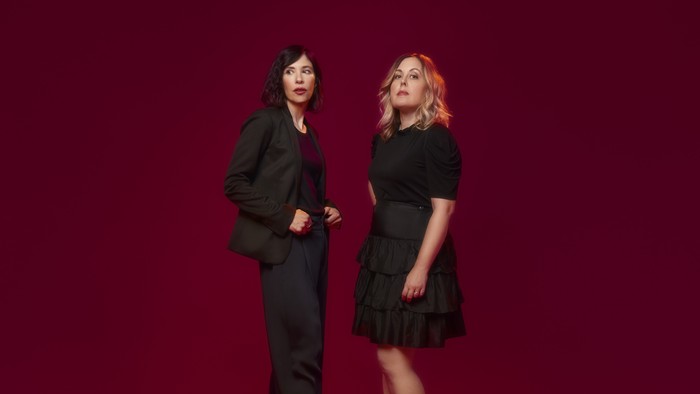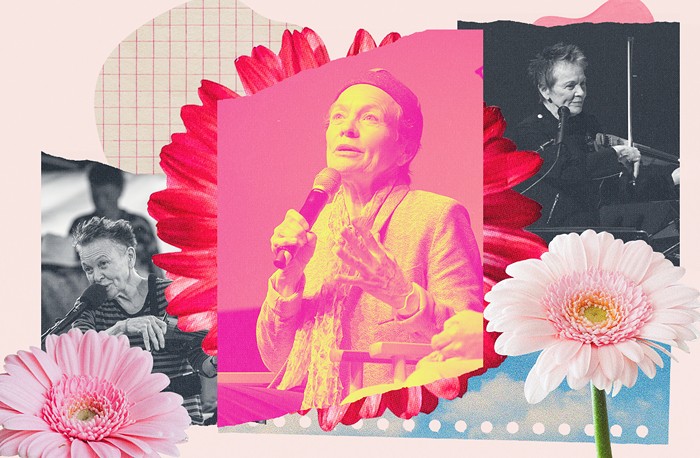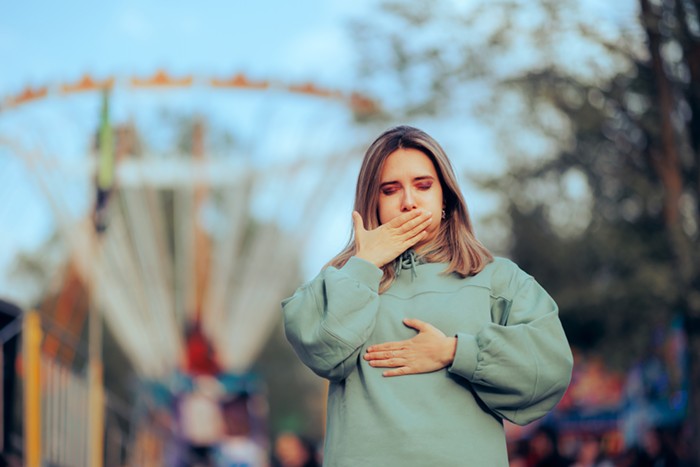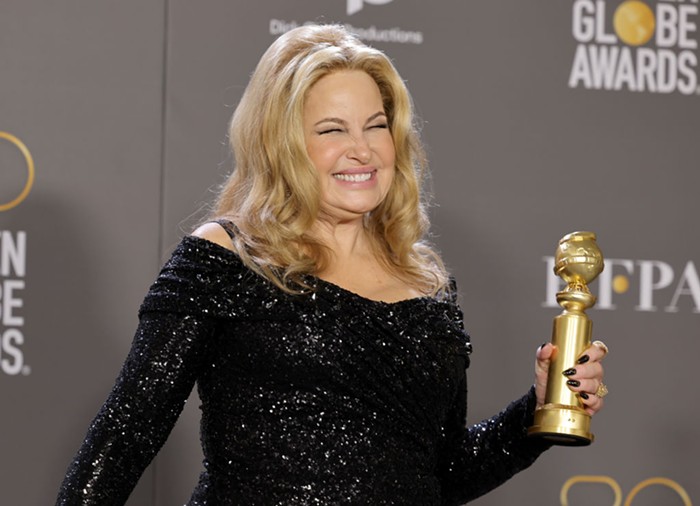
Over the course of the band’s life, Seefeel have never managed to tour the US until this year. There are plenty of valid reasons for that. During the UK group’s first chapter, when they released three stunning albums during the 90s—1993’s Quique, 1995’s Succour, and 1996’s (CH-VOX)—the quartet never quite got past a cultish fanbase here in the States despite the stamp of approval given to their work from Aphex Twin and the members of Cocteau Twins.
“We never quite got big enough that it was viable, maybe, back in the day,” says Seefeel’s guitarist/keyboardist and co-founder Mark Clifford, speaking via Skype. “We were kind of always just bubbling under being able to tour properly.”
Their chances were further hobbled by the band going on a decade-long hiatus. And, after reuniting in the late 2000s with a new lineup (Clifford, vocalist/keyboardist Sarah Peacock, bassist Shigeru Ishihara, and drummer Iida Kazuhisa), a new, self-titled album, and a bunch of dates in Europe, their attempts to tour America in 2011 were capsized by, as they put it, “bureaucratic hoop-jumping beyond the band’s control.”
Seefeel finally, blessedly making their US debut this month, including a performance this Thursday at Star Theater, is sensational news. But somehow, it would be weirdly fitting if they never did make it across the pond. Because in spite of the YouTube clips that exist of the band onstage and the abundance of music they have released in their time, Seefeel’s music, to these ears at least, never felt like it existed in reality. Their diaphanous sound—washed-out remnants of half-remembered dub singles, early electronic experiments, and shadowy pop music—seemed to come from a space just beyond our reach. Or a stumbled-upon late night radio broadcast from parts unknown that wavers in and out of focus.
It’s a feeling that Seefeel has cultivated throughout their history, even as their music has evolved considerably along the way. The warmer tones of Quique and Succour have since given way to more lurid, slightly harsher colors on 2011’s Seefeel. The dreaminess remains, but tinged with shadow and fear.
Those changes have as much to do with how the lineup of the group has shifted through the years as they do with the members changing abilities and interests. The first incarnation of Seefeel included a different rhythm section and an interesting push-pull happening within the creative core of the group. The majority of the material was written by Clifford, and he was behind the filters and effects and mixing that went into giving it a gauzy sheen.
As time went on, the rest of the group pushed to bring more of their input in but, according to Clifford, they never delivered anything. Eventually Peacock and then-members Daren Seymour and Justin Fletcher left to start their own project, the more dancefloor-minded Scala, and Clifford went onto various solo projects. It was only when Quique was reissued in 2007 that the idea of reuniting was finally discussed, but it was only Clifford and Peacock who were able to make it happen. But that alone was the perfect combination to reignite Seefeel.
“As people, we have the right balance of being friends and having this tension between us, which is perfect for a writing partnership” Clifford says. “When I say ‘tension,’ I don’t mean in an arguing kind of way. I just mean intensive ideas. More importantly, I get what she does and she gets what I do. I think that’s the important thing. There’s some chance in it as her voice works so well with the type of guitar I use. It’s something that happens. It’s not something that you can really force.”
The group is now completed by Kazuhisa and Ishihara, who, again, add much different elements to Seefeel. Drums are pushed to the front, giving a minimalist drive to tunes like “Faults” and “Dead Guitars,” and, though still languorous, the bass has more bite and punch. It’s not so radical that it doesn’t sound like the Seefeel that so many ’90s music heads fell in love with, but the changes, as with most of the adaptations that Clifford and the various members of the group brought in through the years, forced the quartet to figure out ways to bring their disparate parts together into a cohesive live performance.
“The important thing is we try to make it a seamless set,” Clifford says. “There’s not really space between songs. There’s just sounds or songs flow together. Our catalog is quite varied so all songs don’t fit naturally together. It’s a bit like a jigsaw puzzle. We just have to find the right pieces that work well together.”
Seefeel, Thurs Nov 7, 9 pm, Star Theater, 13 NW 6th, $25, w/Wild Card, Patricia Wolf
